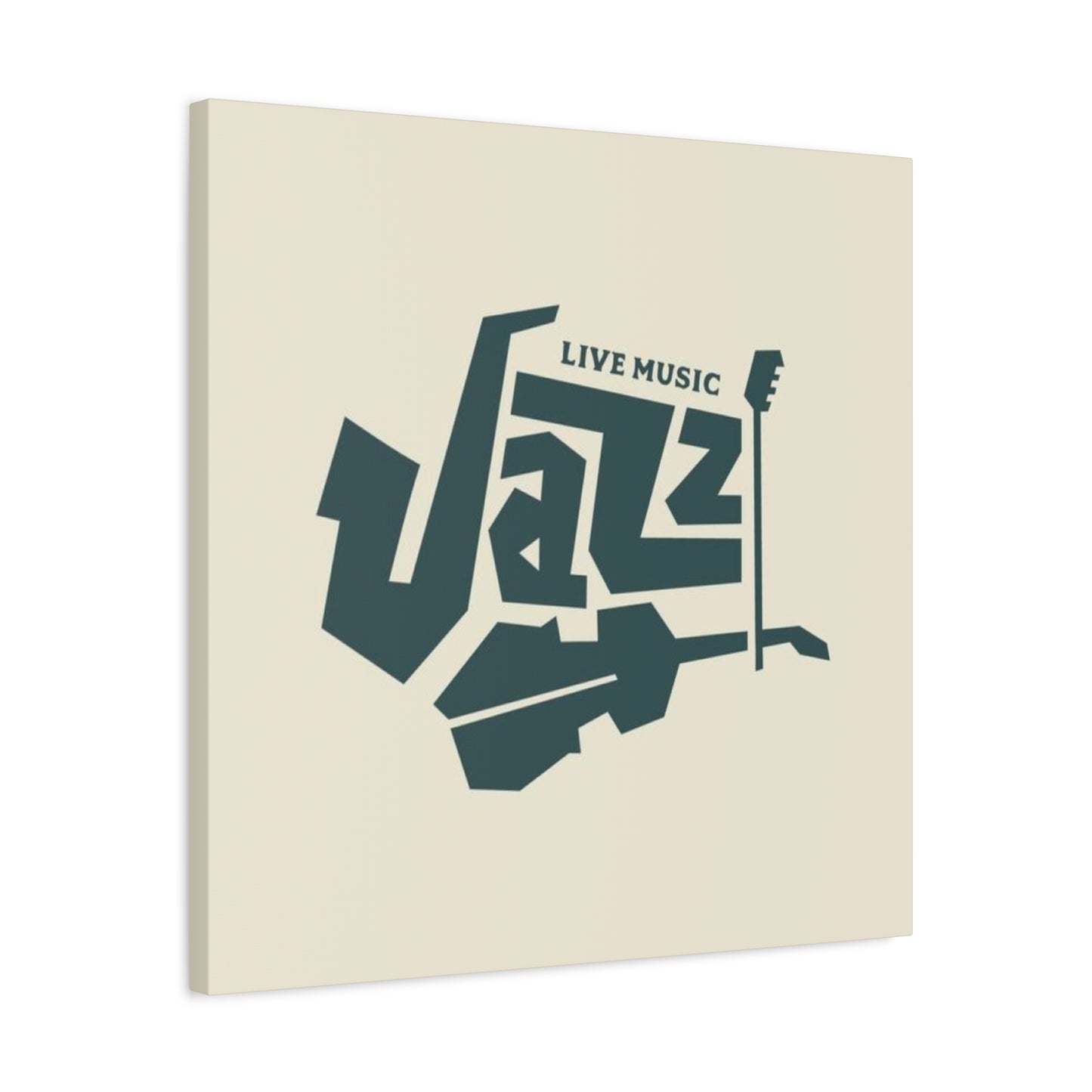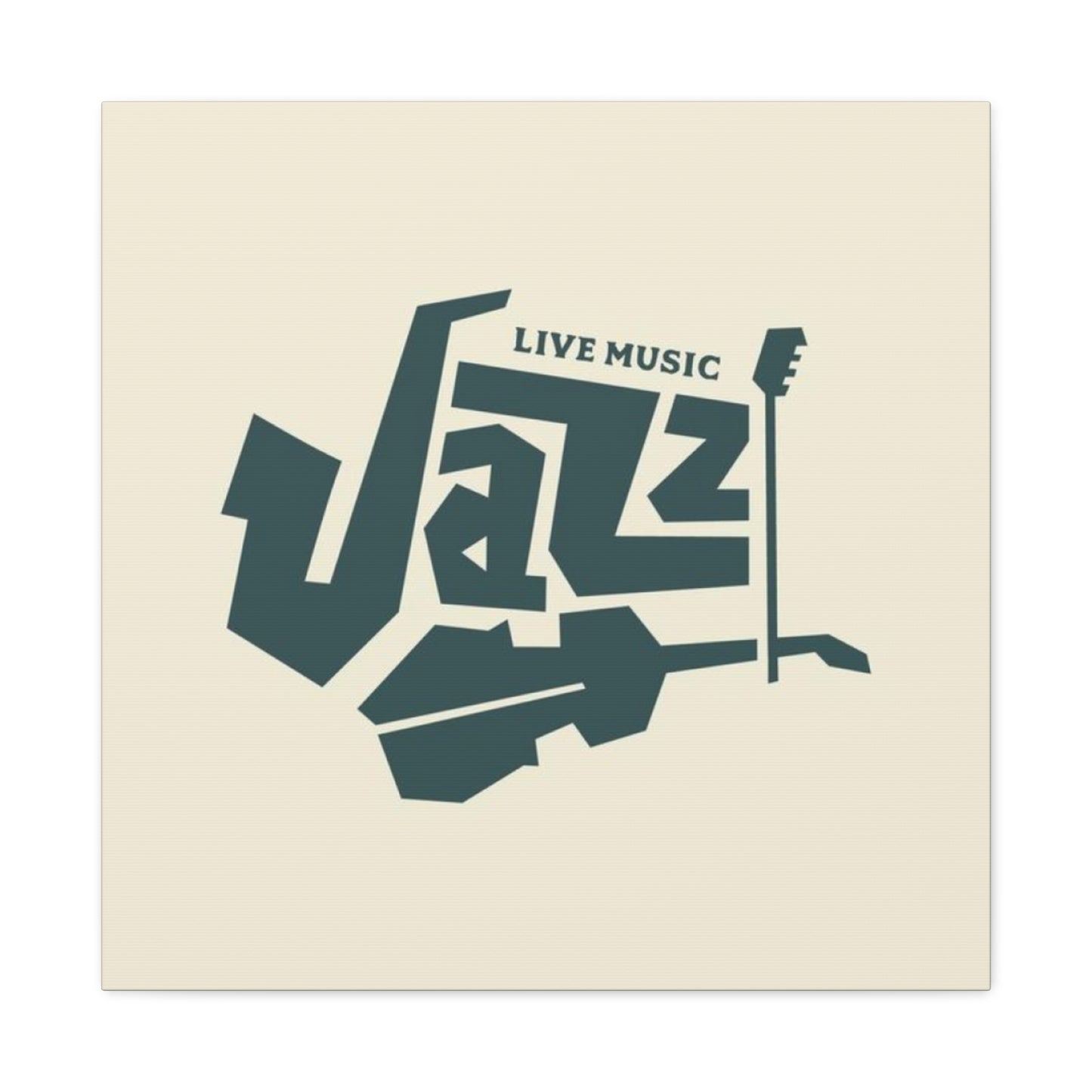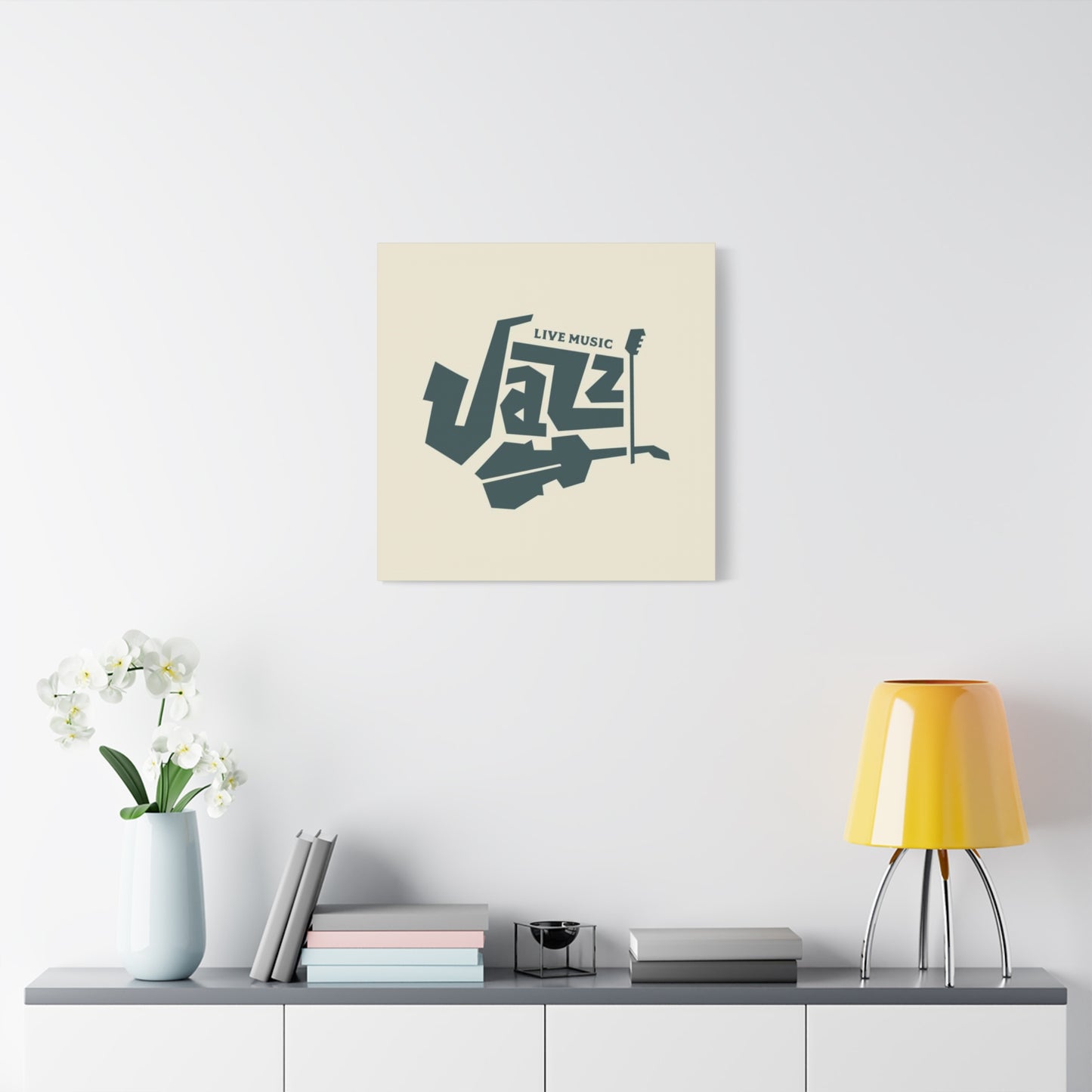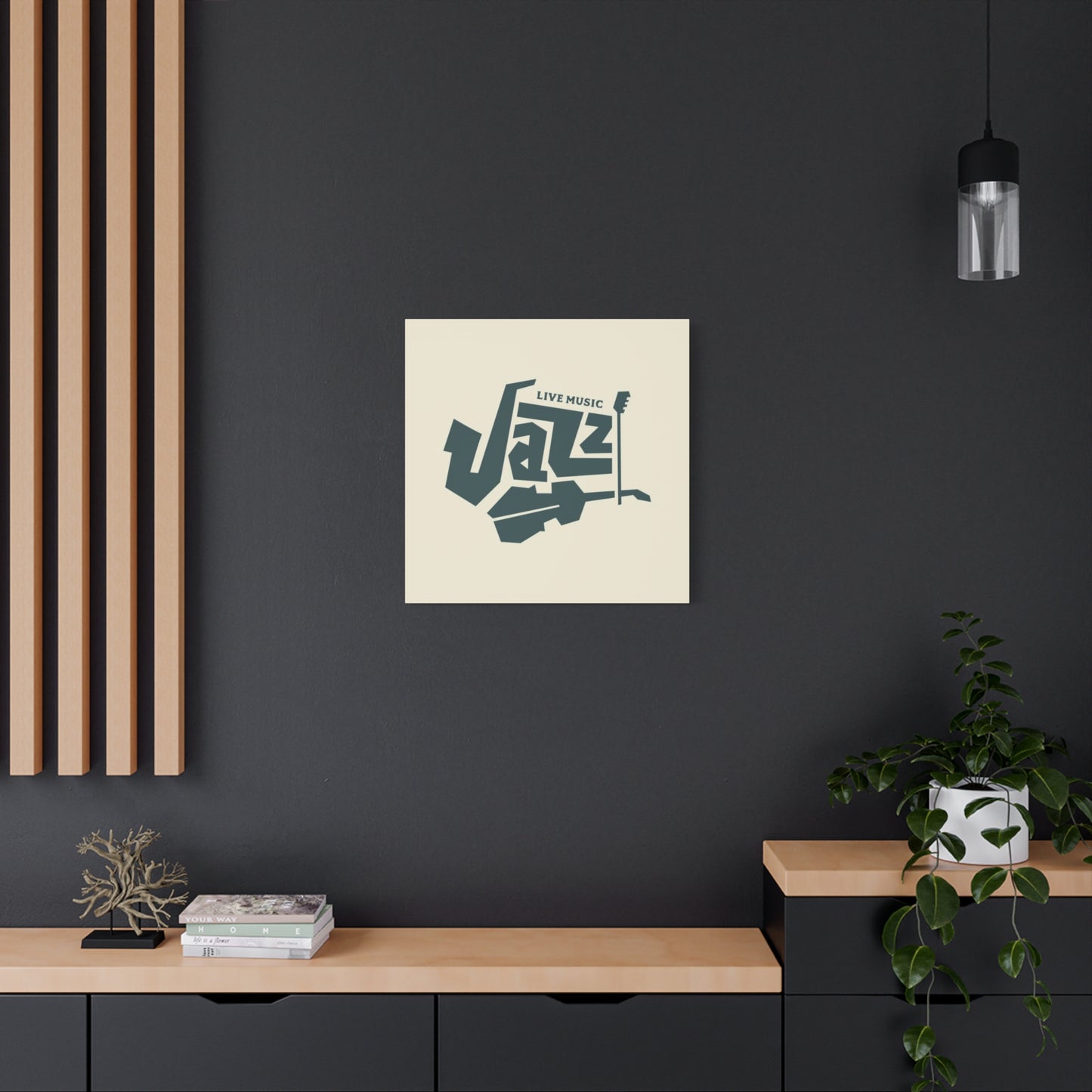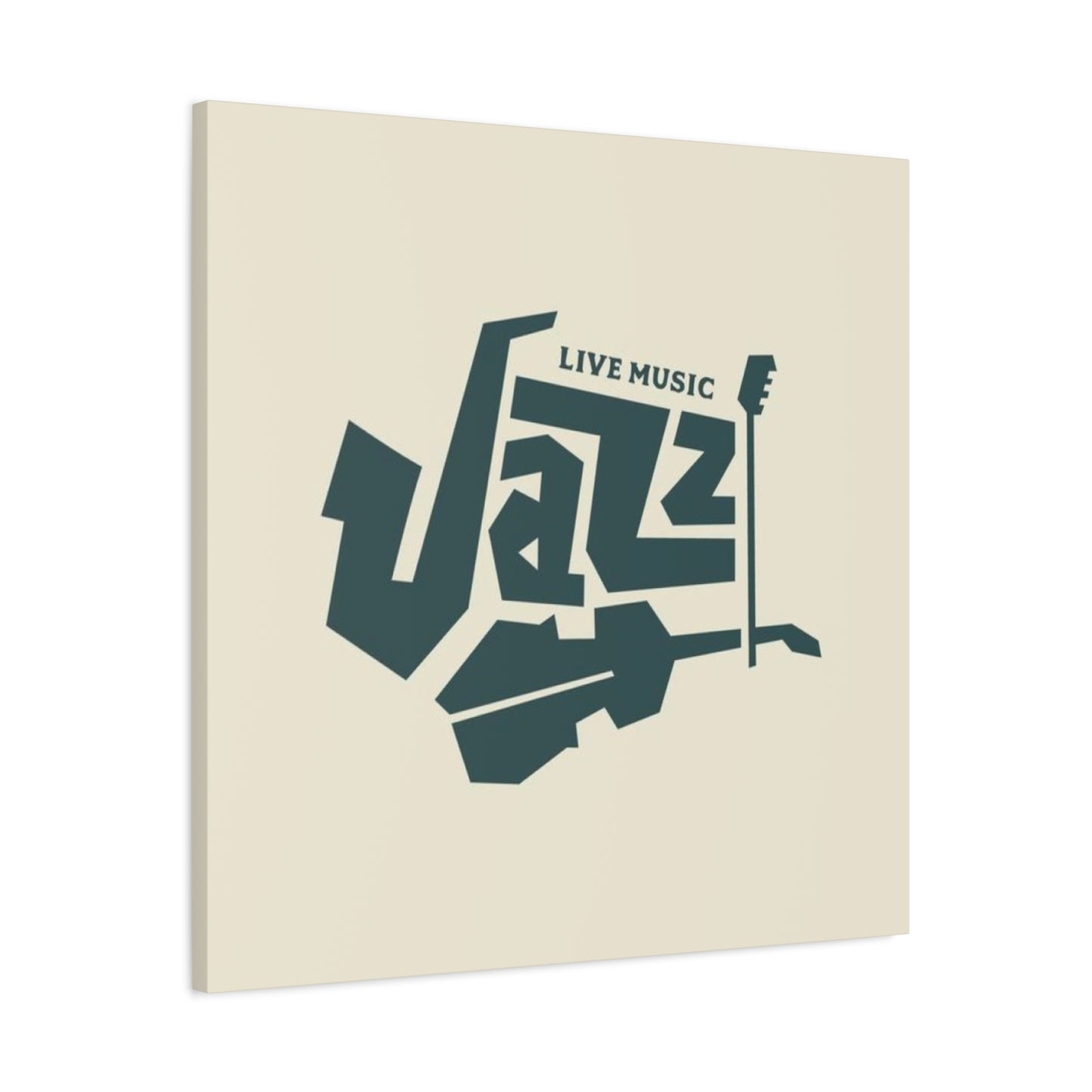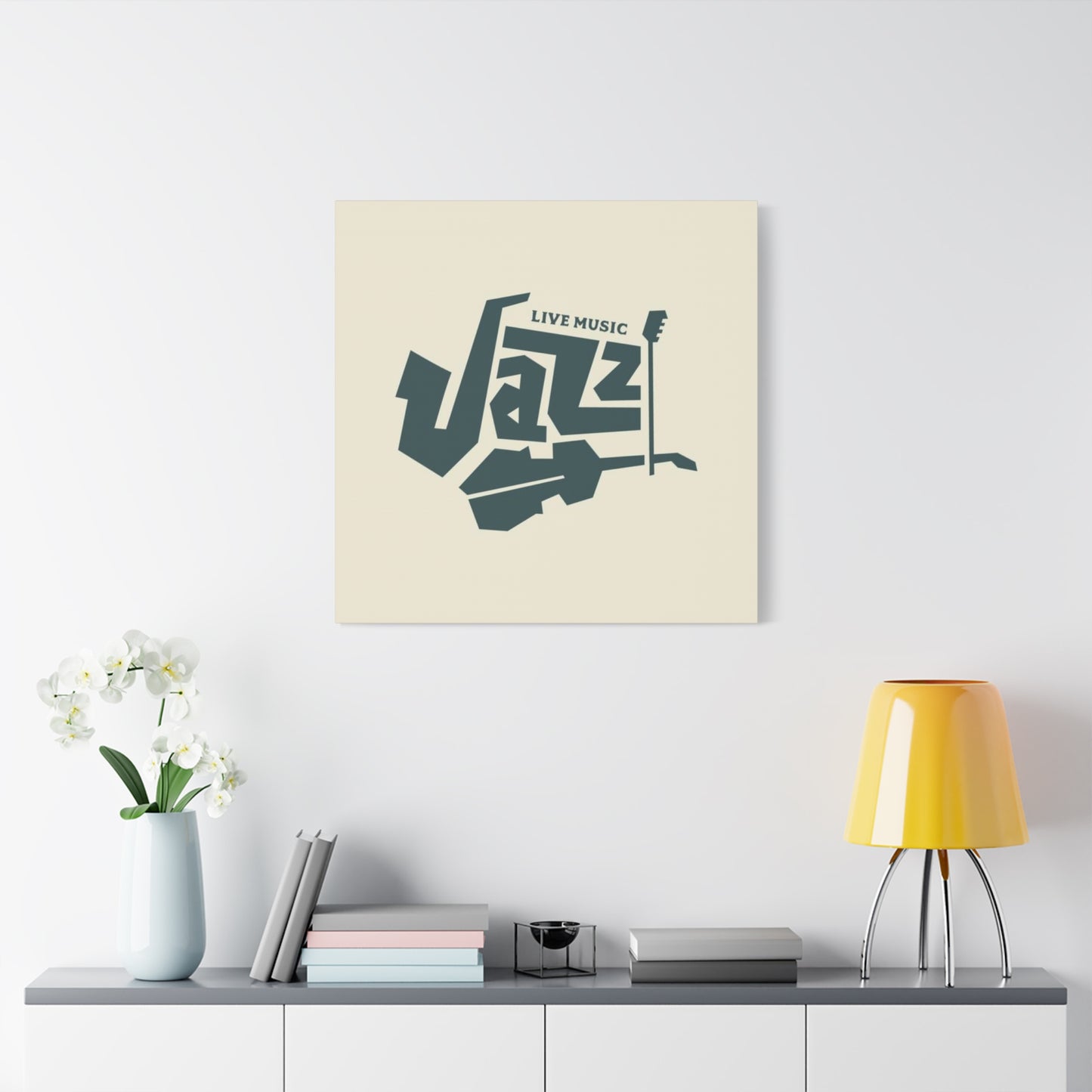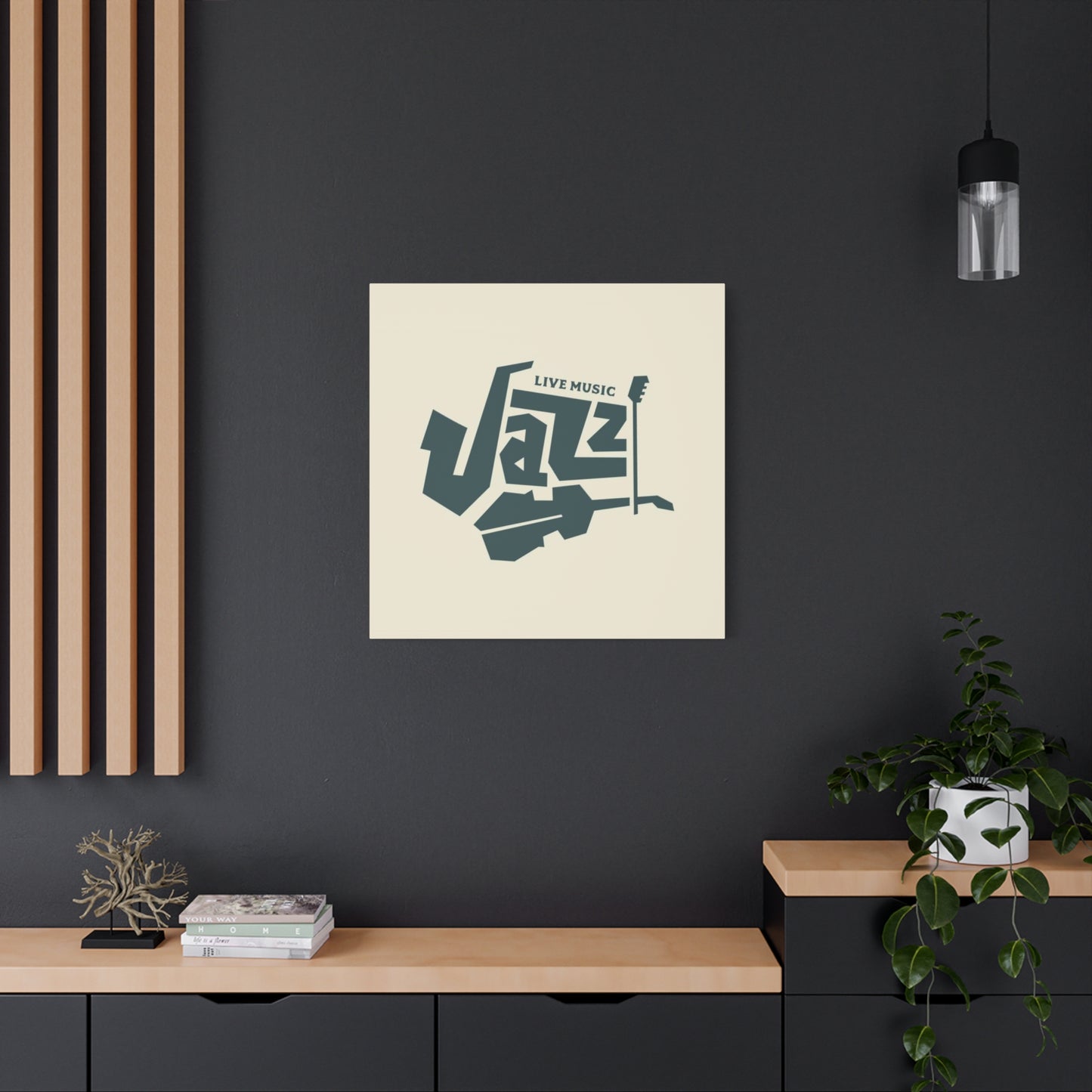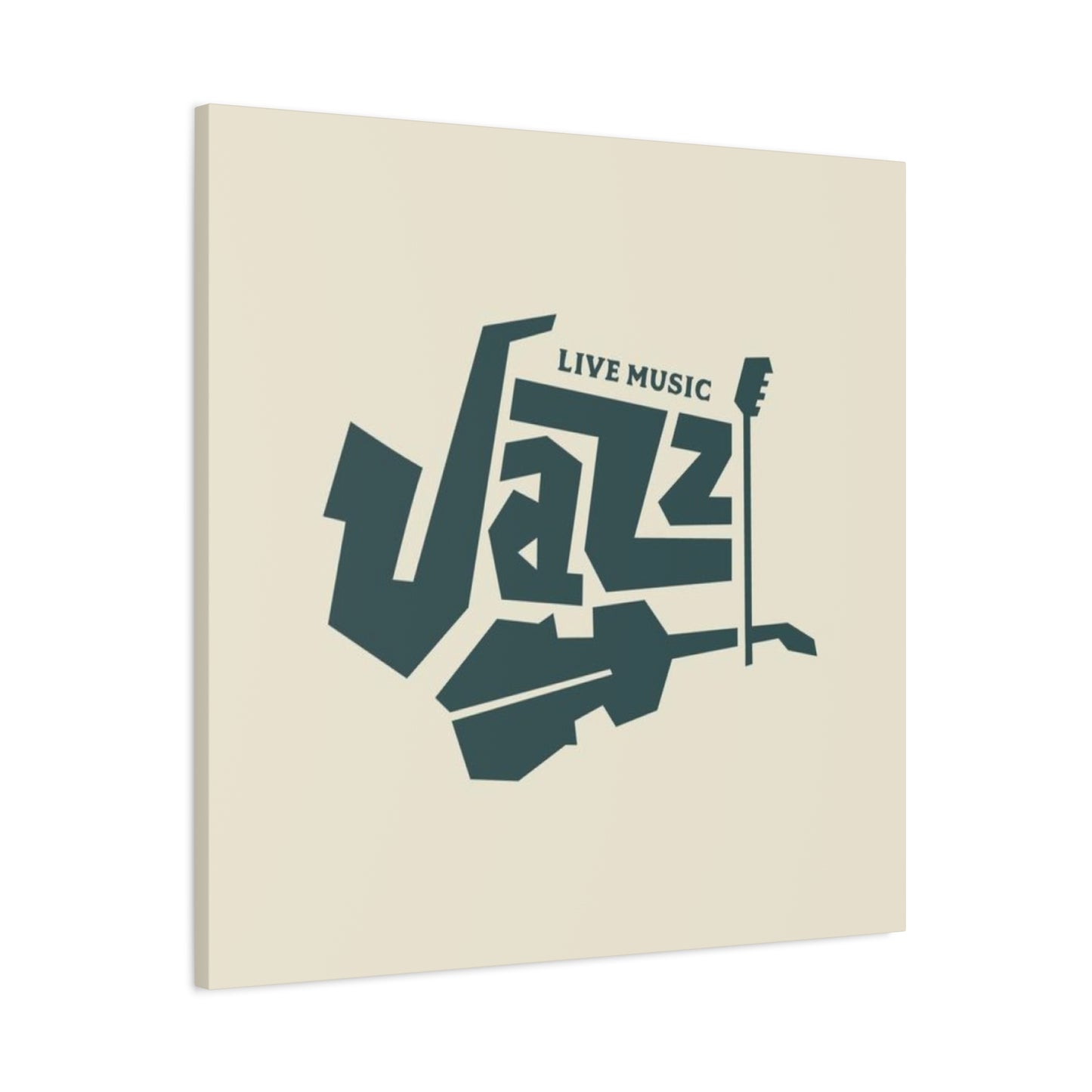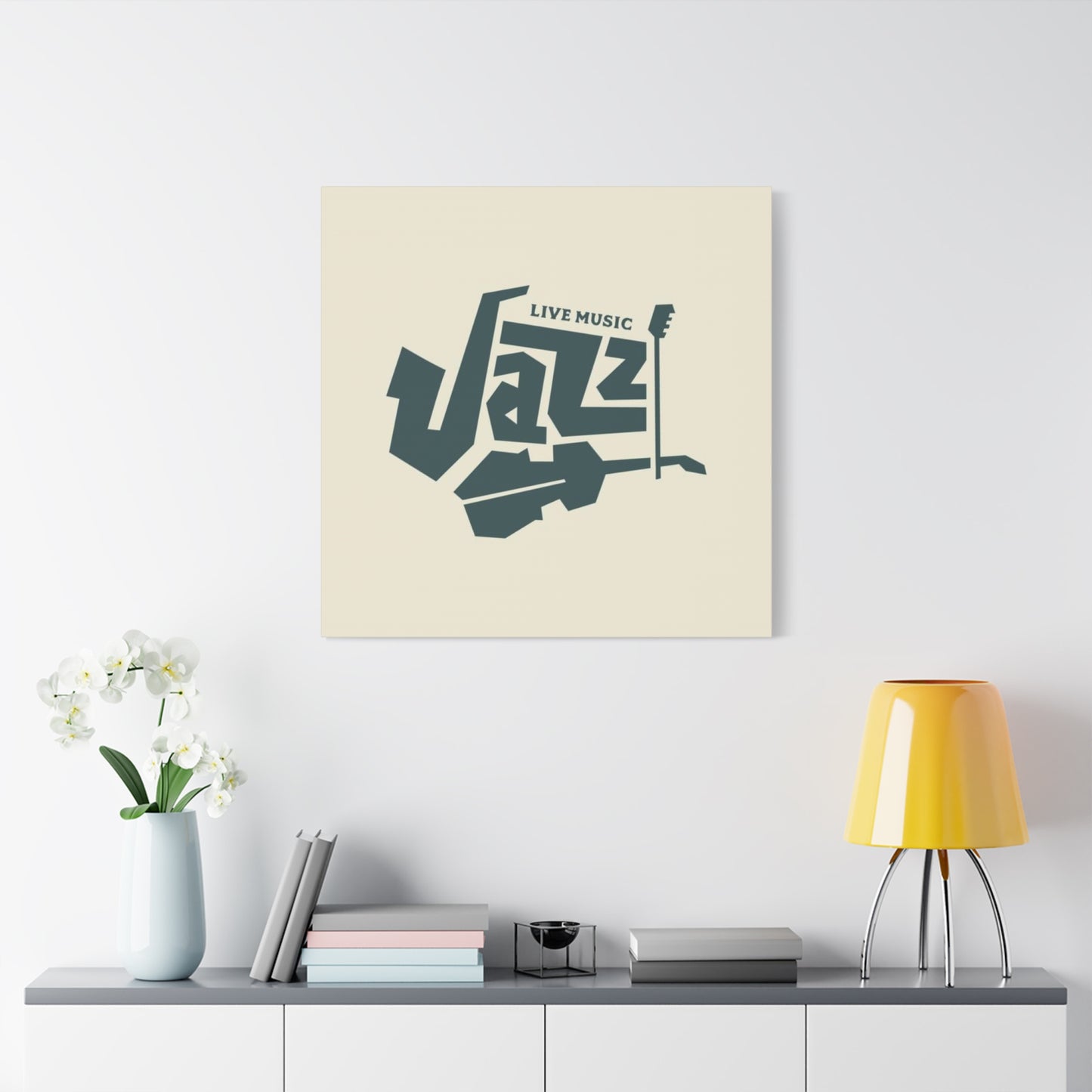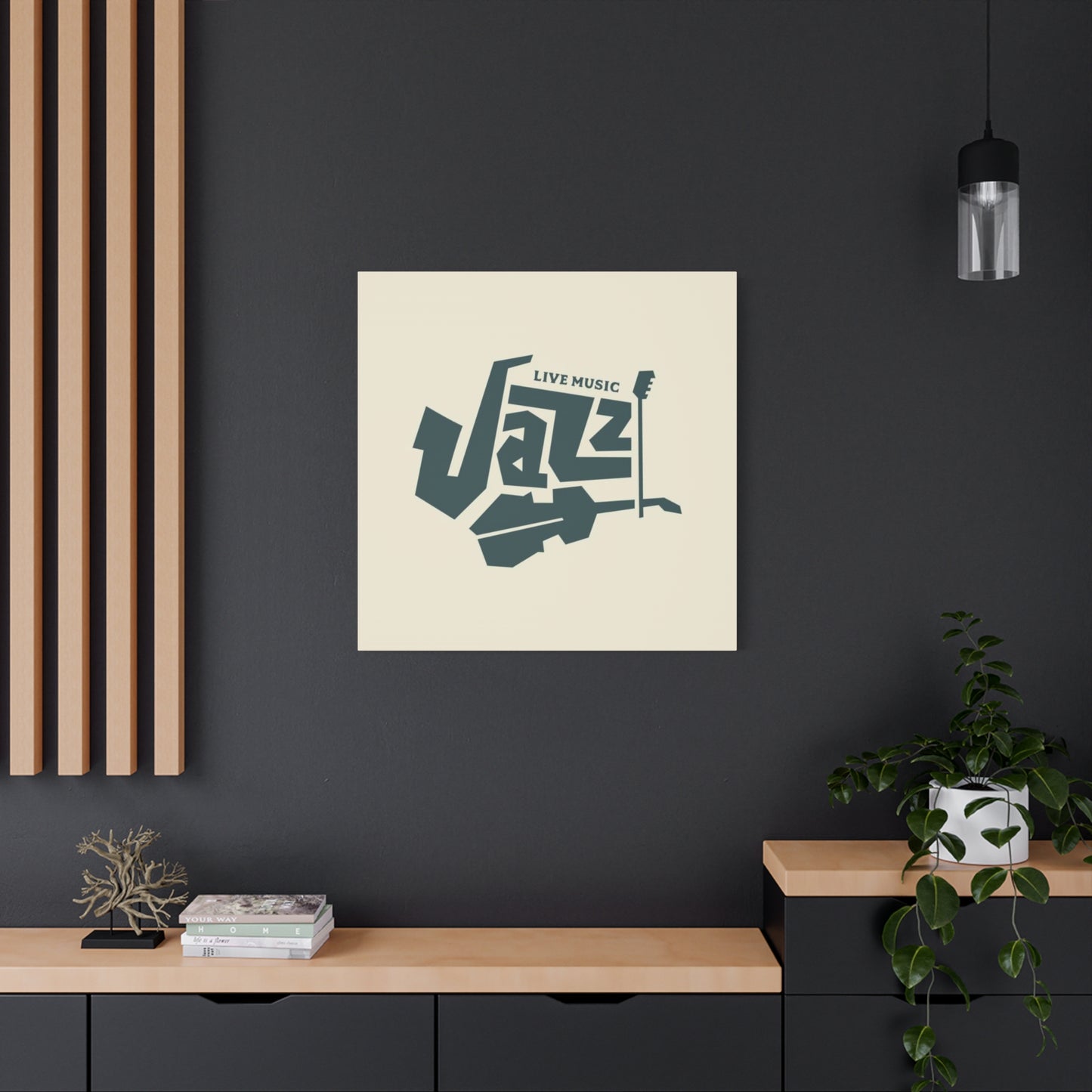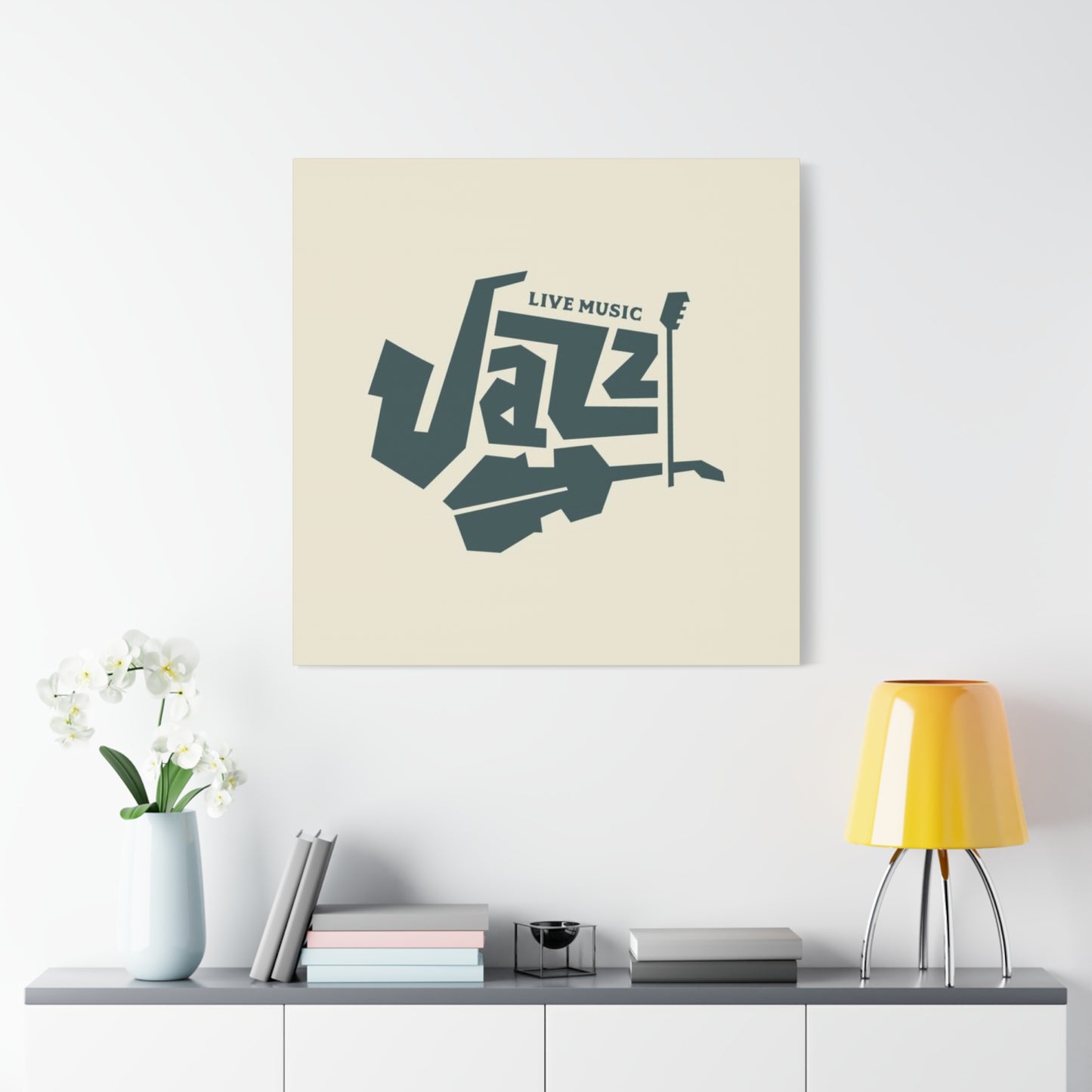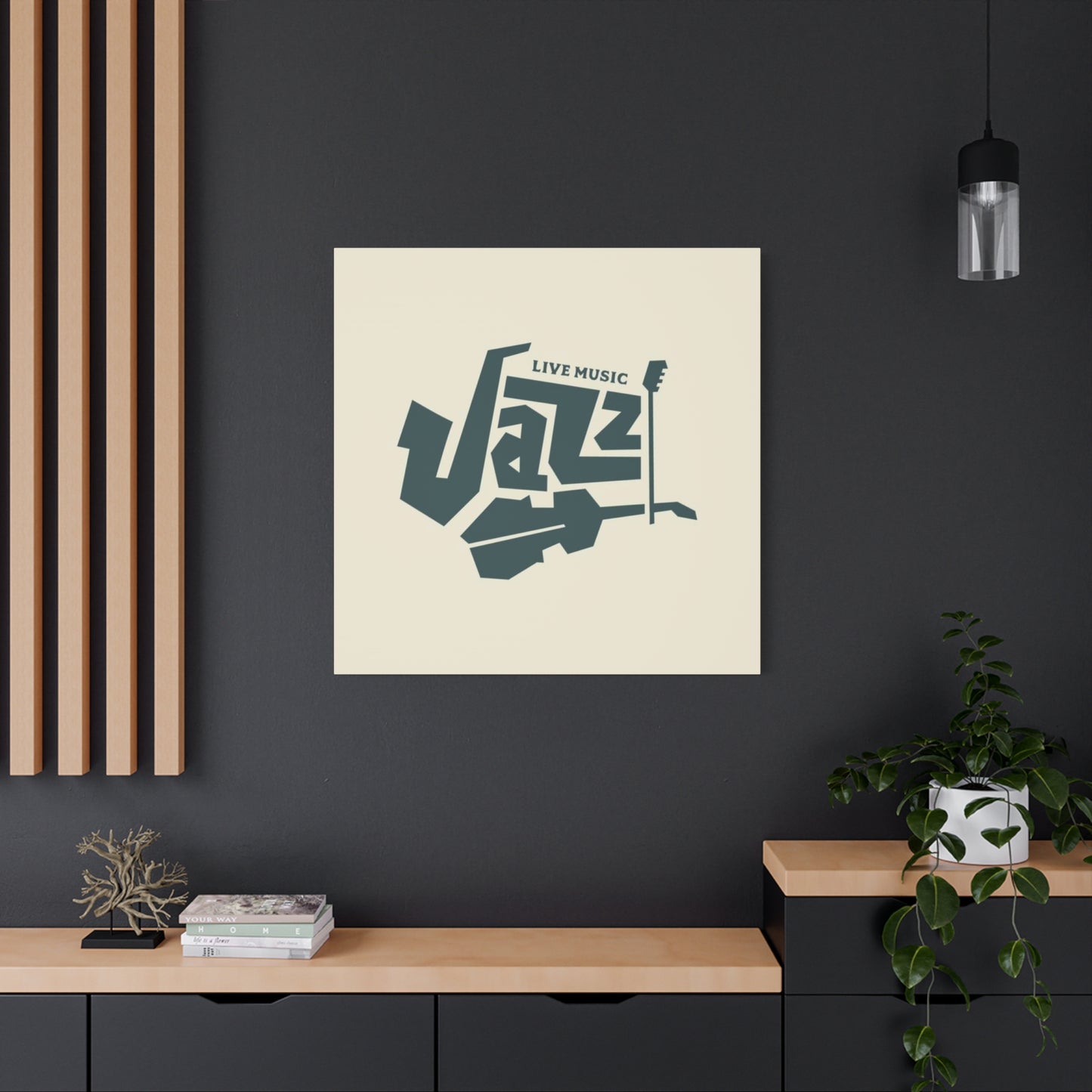The Captivating Energy of Live Jazz Music Posters Wall art
Live jazz music posters possess an undeniable magnetism that transcends mere decoration, transforming ordinary walls into vibrant canvases that pulse with rhythm and soul. These artistic expressions capture the essence of spontaneous musical moments, freezing improvisation in time while maintaining the dynamic energy that defines jazz performance. The visual appeal of these posters stems from their ability to convey movement through static imagery, utilizing bold typography, dynamic compositions, and evocative color schemes that mirror the complexity and sophistication of the music itself.
The aesthetic power of jazz posters lies in their capacity to communicate emotion before the viewer even processes the textual information. Bold brushstrokes suggest the sweeping movements of a saxophone, while scattered musical notes create visual rhythm across the composition. Artists who create these posters understand that jazz is not merely music but a cultural phenomenon that represents freedom, creativity, and artistic expression. This understanding translates into designs that feel alive, breathing with the same spontaneity that characterizes live jazz performances.
Contemporary jazz poster artists draw inspiration from the golden age of jazz while incorporating modern design elements that speak to today's audiences. The typography choices often reflect the era being represented, with Art Deco influences for swing-era concerts and more experimental fonts for avant-garde jazz events. Color palettes range from the smoky blues and golds reminiscent of dimly lit jazz clubs to vibrant, contemporary schemes that celebrate the genre's continued evolution.
The artistic techniques employed in creating these posters often mirror jazz improvisation itself. Layering elements, unexpected color combinations, and asymmetrical compositions create visual interest that rewards closer examination. Just as jazz musicians build upon established themes while adding their unique interpretations, poster artists reference classic design elements while introducing fresh perspectives that keep the medium vibrant and relevant.
Using Jazz Posters to Set the Perfect Mood in Any Room
The strategic placement of jazz posters can dramatically alter the atmosphere of any environment, infusing rooms with the sophisticated energy that jazz music embodies. These artistic pieces serve as more than decorative elements; they function as mood enhancers that can transform a mundane area into a culturally rich haven that celebrates musical heritage. The psychological impact of jazz imagery creates an immediate association with relaxation, creativity, and intellectual stimulation, making these posters particularly effective in areas dedicated to unwinding or creative pursuits.
When selecting jazz posters for mood enhancement, consider the specific emotional response you wish to evoke. Posters featuring intimate quartet performances create an atmosphere of quiet sophistication perfect for reading nooks or meditation corners. Images of energetic big band performances, conversely, inject vitality into social areas where conversation and entertainment take precedence. The visual elements within each poster contribute to its mood-setting capabilities, with darker, more mysterious compositions suggesting the intimacy of late-night club performances, while brighter, more colorful designs evoke the celebratory nature of festival jazz.
The placement height and grouping strategy significantly impact the mood-setting effectiveness of jazz posters. Hanging them at eye level creates immediate visual connection, while varying heights within a grouping adds visual interest that mimics the layered complexity of jazz music itself. Creating gallery walls with multiple jazz posters of varying sizes and styles can establish a rhythm similar to musical phrasing, with larger pieces serving as visual anchors while smaller ones provide accents and transitions.
Lighting plays a crucial role in maximizing the mood-setting potential of jazz posters. Warm, ambient lighting enhances the cozy, intimate feeling associated with jazz venues, while strategic accent lighting can highlight specific posters and create focal points within the room. Consider installing adjustable lighting systems that allow you to modify the atmosphere based on the occasion, dimming lights for relaxed evening moods or brightening them for daytime appreciation of the artistic details.
Classic vs Modern Jazz Poster Design Approaches
The evolution of jazz poster design reflects both the musical genre's development and broader artistic movements throughout the decades. Classic jazz poster designs, predominantly from the 1920s through 1960s, employed distinctive visual languages that have become synonymous with the golden age of jazz. These vintage designs typically featured bold, geometric typography influenced by Art Deco movements, rich color palettes dominated by deep blues, golds, and burgundies, and illustrations that captured the glamour and sophistication of the jazz age. The emphasis was on elegance and refinement, with clean lines and symmetrical compositions that conveyed the structured improvisation central to jazz music.
Modern jazz poster designs embrace contemporary artistic techniques while maintaining respect for the genre's heritage. Digital art tools allow for more complex layering effects, photographic integration, and experimental typography that would have been impossible to achieve through traditional methods. Contemporary designers often incorporate abstract elements that represent the improvisational nature of jazz, using flowing forms, scattered elements, and dynamic color gradients that suggest movement and spontaneity. The color palettes have expanded beyond traditional jazz club aesthetics to include vibrant neons, minimalist monochromes, and unexpected combinations that appeal to younger audiences.
The philosophical approaches between classic and modern designs reveal interesting contrasts in how jazz is perceived across different eras. Classic posters often portrayed jazz as an exclusive, sophisticated art form associated with urban nightlife and cultural refinement. The imagery suggested mystery and allure, with silhouetted musicians, smoky atmospheres, and elegant patrons. Modern designs tend to democratize jazz, presenting it as an accessible and diverse musical form that welcomes all audiences. Contemporary posters often feature bright, welcoming imagery that emphasizes the joy and community aspects of jazz performance.
Typography treatment serves as a key differentiator between classic and modern approaches. Vintage posters relied heavily on hand-lettered fonts that appeared crafted rather than manufactured, reflecting the artisanal nature of both the music and the poster creation process. Modern designs might incorporate multiple font families within a single composition, mixing serif and sans-serif fonts, or even integrating musical notation as decorative elements. This typographic freedom allows contemporary designers to create more complex visual hierarchies that guide the viewer's attention through multiple layers of information.
Iconic Live Jazz Moments Captured in Wall Art
The most compelling jazz wall art captures specific moments in musical history that have become legendary within the jazz community and beyond. These frozen instances of musical brilliance serve as windows into performances that defined careers, launched movements, or simply represented the pinnacle of artistic expression. The visual representation of these moments requires artistic skill that goes beyond mere documentation, demanding an understanding of both the musical significance and the emotional weight of each captured instant.
Miles Davis's legendary performance at the Newport Jazz Festival in 1955 has been immortalized in numerous poster designs that attempt to capture the raw energy and career-defining importance of that evening. Artists approaching this subject often focus on Davis's distinctive silhouette, his trumpet positioned against dramatic lighting, with audience reactions suggested through abstract crowd representations. The challenge lies in conveying the transformative nature of this performance, where Davis moved from relative obscurity to jazz stardom in a single evening. Successful artistic interpretations often employ dramatic contrast between light and shadow, symbolizing this pivotal career moment.
The iconic photograph of John Coltrane in deep concentration during recording sessions has inspired countless artistic interpretations that explore the spiritual intensity of his musical approach. Poster artists working with this subject matter often emphasize the meditative quality of Coltrane's performance style, using flowing lines and organic shapes that suggest the spiritual journey inherent in his music. The visual challenge involves representing the internal experience of musical transcendence through external artistic elements, often achieved through the use of warm, ethereal color palettes and compositions that draw the viewer inward.
Charlie Parker's legendary performances at various New York venues have been captured in poster art that attempts to convey the revolutionary impact of bebop on the jazz world. These artistic interpretations often employ rapid, angular lines that mirror the complexity of Parker's improvisational style, with fragmented or overlapping elements that suggest the harmonic innovations he brought to jazz. The visual language tends toward organized chaos, reflecting the structured spontaneity that characterized Parker's approach to music.
Jazz Posters Designed for Dedicated Music Rooms
Creating a dedicated music room requires careful consideration of how visual elements will interact with acoustic properties and musical activities. Jazz posters in these environments serve multiple functions beyond decoration, acting as inspiration for musicians, conversation starters for guests, and visual representations of musical heritage. The selection process for music room jazz posters should consider both the aesthetic preferences of the room's primary users and the specific musical activities that will take place in the environment.
For rooms primarily used for listening to recorded music, jazz posters should complement the audio experience without creating visual distraction. Larger format posters work well in these settings, providing enough visual impact to be appreciated during casual listening while not overwhelming the visual field. The imagery should reflect the types of jazz most frequently enjoyed in the room, whether that's bebop, smooth jazz, fusion, or traditional New Orleans style. Creating thematic groupings of posters from specific eras or featuring particular instruments can enhance the listening experience by providing visual context for the musical journey.
Practice rooms and home studios benefit from jazz posters that provide inspiration and motivation for musicians. Images of legendary performers in action can serve as daily reminders of artistic goals and aspirations. The placement of these inspirational pieces should consider the sightlines from various playing positions, ensuring that musicians can easily reference them during practice sessions or recording work. Posters featuring technical musical information, such as chord progressions or scale patterns presented in artistic formats, can serve dual purposes as decoration and educational reference materials.
The acoustic properties of music rooms must be considered when selecting and installing jazz posters. Large, flat surfaces can contribute to unwanted sound reflections, so the choice between framed and unframed pieces becomes more than aesthetic. Fabric-backed or canvas posters can actually contribute to sound absorption, while glass-framed pieces might require strategic placement to avoid acoustic interference. Some music enthusiasts choose to incorporate sound-absorbing materials into custom framing solutions, creating wall art that serves both visual and acoustic functions.
Black-and-White Jazz Poster Styles and Their Timeless Appeal
The monochromatic approach to jazz poster design carries a particular gravitas that color compositions often struggle to achieve. Black-and-white jazz posters tap into the noir aesthetic that has become synonymous with the smoky jazz clubs of the mid-twentieth century, creating immediate associations with artistic authenticity and historical significance. This design choice eliminates the potential distraction of color, forcing viewers to focus on composition, contrast, and the emotional weight of the imagery itself.
The technical advantages of black-and-white poster design allow artists to explore dramatic lighting effects that mirror the atmospheric conditions of traditional jazz venues. High contrast imagery can create powerful silhouettes that emphasize the physical gestures of musical performance, while subtle gradations in grayscale can suggest the intimate atmosphere of late-night club performances. The absence of color forces artists to rely more heavily on texture, pattern, and form to create visual interest, often resulting in compositions that feel more sophisticated and artistically serious.
From a practical standpoint, monochromatic jazz posters offer superior versatility in home decoration schemes. They integrate seamlessly with existing color palettes without competing for visual attention, making them ideal choices for rooms where other elements should take precedence. This neutrality makes black-and-white jazz posters particularly valuable in minimalist or contemporary decorating schemes where color choices are deliberately limited. The timeless quality of monochromatic designs also ensures that these pieces will remain visually relevant regardless of changing decorating trends.
The psychological impact of black-and-white imagery creates associations with photography, journalism, and documentary art forms that suggest authenticity and historical importance. This association can lend gravity to jazz poster collections, presenting the music as serious art rather than mere entertainment. The noir aesthetic specifically evokes the cultural context in which much classic jazz was created, helping viewers connect with the social and historical circumstances that influenced the music's development.
Adding Color with Jazz Music Prints for Visual Impact
While black-and-white jazz posters offer timeless sophistication, colorful jazz music prints provide opportunities to inject energy, warmth, and personality into decorating schemes. The strategic use of color in jazz poster design can evoke specific musical moods, represent different jazz subgenres, or simply provide visual excitement that energizes the viewing environment. Contemporary jazz artists and poster designers have embraced expanded color palettes that reflect the genre's evolution and its continued relevance in modern musical landscapes.
The color psychology associated with jazz music offers rich possibilities for poster design. Deep blues naturally evoke the melancholy and introspective qualities found in many jazz ballads, while vibrant reds suggest the passion and intensity of bebop performances. Golden yellows and warm oranges can represent the warmth and community aspects of jazz, particularly in designs celebrating New Orleans jazz traditions or big band swing music. Green tones might represent growth, innovation, and the organic development of musical ideas that characterizes jazz improvisation.
Successful colorful jazz prints often employ limited color palettes that create cohesion while still providing visual interest. Analogous color schemes, using colors that sit next to each other on the color wheel, can create harmonious compositions that mirror the harmonic sophistication of jazz music itself. Complementary color schemes, featuring colors from opposite sides of the color wheel, can create dynamic tension that reflects the push and pull between structure and freedom that defines jazz performance.
The integration of colorful jazz prints with existing room color schemes requires careful consideration of both dominant and accent colors within the compositions. Prints with neutral backgrounds and colorful accent elements can provide pops of color without overwhelming the decorating scheme, while boldly colored backgrounds might serve as statement pieces that anchor entire room designs. The size and placement of colorful prints should also consider the natural lighting conditions in the room, as different light sources can dramatically alter color perception throughout the day.
Jazz Poster Decor Strategies for Bars and Cafes
Commercial establishments such as bars and cafes present unique opportunities for jazz poster decoration that can significantly enhance customer experience and reinforce brand identity. The selection and presentation of jazz posters in these environments must balance artistic merit with commercial considerations, creating atmospheres that encourage longer visits while reflecting the establishment's personality and target clientele. The scale and durability requirements of commercial installations often differ significantly from residential applications, demanding specialized approaches to both selection and installation.
The acoustic environment of bars and cafes influences how jazz posters will be perceived and appreciated. Background music levels, conversation noise, and ambient sound all affect the psychological impact of visual elements. In quieter establishments where jazz music might be played at moderate volumes, detailed posters with intricate artistic elements can be fully appreciated by patrons. Busier venues with higher ambient noise levels benefit from bolder, simpler poster designs that can make immediate visual impact without requiring extended study.
The lighting conditions in commercial establishments significantly impact poster presentation and longevity. Bar and cafe lighting often combines natural daylight with various artificial sources, creating changing lighting conditions throughout operating hours. UV-resistant materials and proper mounting techniques become essential considerations to prevent fading and warping. Strategic placement relative to light sources can use changing illumination to create different moods throughout the day, with certain posters receiving accent lighting during evening hours when the jazz atmosphere becomes most important.
The target demographic of the establishment should heavily influence jazz poster selection. Traditional jazz clubs might focus on vintage posters featuring legendary performers from the classic era, while contemporary fusion restaurants might showcase modern jazz artists and avant-garde poster designs. The poster collection should tell a coherent story about the establishment's musical personality while providing conversation starters that enhance the social experience of visiting the venue.
Professional Framing Tips for Jazz Music Posters
The presentation quality of jazz posters depends heavily on framing choices that can either enhance or detract from the artistic impact of the pieces. Professional framing considerations for jazz posters extend beyond basic protection to encompass aesthetic choices that complement the artwork while providing long-term preservation. The investment in quality framing materials and techniques pays dividends in both visual impact and poster longevity, making it essential to understand the various options and their respective benefits.
Matting choices significantly impact the visual presentation of jazz posters, creating breathing room around the artwork while providing color and texture contrast that can enhance the overall composition. Neutral mat colors such as cream, gray, or black typically work well with jazz posters, though colored mats can be used strategically to complement specific elements within the artwork. The width of mat borders should be proportional to both the poster size and the viewing distance, with larger mats generally appropriate for bigger posters and rooms with longer viewing distances.
Glass selection involves balancing protection with visual clarity and reflection control. Standard picture glass provides basic protection but can create problematic reflections, particularly under artificial lighting conditions. Non-reflective glass eliminates reflection issues but may slightly soften the image appearance. Museum-quality UV-filtering glass offers the best protection against fading while maintaining visual clarity, though at a higher cost that may be justified for valuable or irreplaceable posters.
Frame material and style choices should complement rather than compete with the poster artwork. Simple, clean-lined frames typically work best with jazz posters, allowing the artwork to remain the focal point. Wood frames can add warmth and traditional appeal, while metal frames provide a more contemporary appearance. The frame width should be proportional to the poster size, with narrow frames appropriate for smaller pieces and substantial frames better suited to large statement pieces.
DIY Live Jazz Poster Art Ideas for Creative Expression
Creating original jazz poster art provides opportunities for personal expression while developing artistic skills and building unique decorating elements that perfectly match individual tastes and room requirements. DIY jazz poster projects can range from simple reproductions of existing designs to completely original compositions that celebrate personal musical preferences or memorable concert experiences. The accessibility of digital design tools and printing technologies has made high-quality poster creation achievable for amateur artists willing to invest time in learning basic design principles.
Digital collage techniques offer excellent starting points for amateur jazz poster designers, allowing the combination of photographic elements, typography, and graphic design elements without requiring advanced drawing skills. Free and low-cost software options provide templates and design elements that can be customized to create unique compositions. The key to successful digital jazz poster design lies in understanding basic principles of composition, color theory, and typography that will create professional-looking results.
Traditional artistic techniques such as painting, drawing, or printmaking can create jazz posters with unique textures and artistic qualities that digital methods cannot replicate. Watercolor techniques can capture the fluid, improvisational quality of jazz music through spontaneous color blending and organic shapes. Pen and ink drawings can emphasize the linear qualities of musical instruments and architectural elements common in jazz club settings. Relief printing or screen printing techniques can produce multiple copies of original designs while maintaining the handmade quality that distinguishes amateur work from commercial printing.
Photography-based poster creation allows jazz enthusiasts to commemorate personal concert experiences or celebrate local jazz scenes through original imagery. Learning basic composition and lighting techniques can help amateur photographers capture compelling images suitable for poster creation. Post-processing techniques can enhance the artistic quality of photographs, adding stylistic elements that transform documentation into artistic expression. Combining original photography with graphic design elements creates hybrid posters that blend documentation with artistic interpretation.
The Historical Evolution of Jazz in Poster Art
The relationship between jazz music and poster art reflects broader cultural movements and technological advances that have shaped both artistic mediums throughout the past century. Early jazz poster art emerged alongside the music itself, serving primarily promotional functions for live performances while gradually developing into a respected art form in its own right. The evolution of these promotional materials provides a visual timeline of jazz history, documenting changing musical styles, cultural attitudes, and artistic techniques that have influenced both mediums.
The 1920s marked the beginning of sophisticated jazz poster design, coinciding with the Harlem Renaissance and the broader cultural acceptance of jazz as a legitimate musical form. Early posters often featured Art Deco design elements that reflected the optimism and geometric modernism of the era. The typography choices emphasized elegance and sophistication, attempting to elevate jazz from its folk origins to concert hall respectability. These early designs often focused more on venue prestige and artist glamour than on capturing the improvisational spirit of the music itself.
The swing era of the 1930s and 1940s brought changes to jazz poster design that reflected the music's increased commercial success and mainstream acceptance. Poster designs began incorporating motion and energy that better represented the danceable qualities of swing music. The rise of big bands led to poster designs that emphasized ensemble performance rather than individual musicians, with compositions that suggested the coordinated power of large musical groups. Color printing advances during this period allowed for more sophisticated design approaches that enhanced the visual appeal of promotional materials.
The bebop revolution of the 1940s and 1950s challenged jazz poster designers to develop visual languages that could represent the increased harmonic complexity and intellectual sophistication of the new musical style. Poster designs became more abstract and experimental, incorporating asymmetrical compositions and unconventional typography that mirrored the harmonic innovations of bebop musicians. The emphasis shifted from mainstream appeal to artistic credibility, with poster designs targeting more educated and musically sophisticated audiences.
Combining Jazz Art with Vintage Decor Schemes
The natural affinity between jazz art and vintage decorating styles creates opportunities for cohesive design schemes that celebrate mid-century aesthetics while maintaining contemporary livability. Jazz posters from the 1940s, 1950s, and 1960s naturally complement furniture and decorating elements from the same periods, creating authentic period rooms that transport inhabitants to the golden age of jazz performance. The key to successful integration lies in understanding the design principles that guided both jazz art and decorative arts during these influential decades.
Mid-century modern furniture styles share aesthetic principles with jazz art from the same period, emphasizing clean lines, functional beauty, and innovative materials that represented optimism about technological progress. The geometric patterns common in both jazz poster design and mid-century textiles create natural coordination opportunities, while the color palettes popular during the era provide additional integration possibilities. Warm woods, brass accents, and geometric patterns found in period furniture complement the sophisticated design sensibilities reflected in contemporaneous jazz poster art.
The challenge of combining vintage jazz art with period furnishings involves avoiding overly literal interpretations that create museum-like environments rather than livable decorating schemes. Successful integration requires selecting representative pieces from each category rather than attempting comprehensive collections that might overwhelm the available visual field. The goal should be creating atmospheres that suggest rather than replicate period environments, allowing for modern comfort while maintaining historical authenticity.
Lighting considerations become particularly important when combining jazz art with vintage decorating elements, as period-appropriate lighting fixtures often provide different illumination qualities than contemporary alternatives. The warm, ambient lighting preferred during mid-century decades enhances both jazz poster appreciation and vintage furniture presentation, creating cohesive environments that feel authentic to their historical periods. Modern lighting control technologies can provide the flexibility needed to adjust illumination levels for different activities while maintaining period-appropriate aesthetic qualities.
Jazz Legends Featured in Live Music Posters
The pantheon of jazz legends provides rich source material for poster art that celebrates individual artistic achievements while educating viewers about the genre's historical development. Legendary performers such as Louis Armstrong, Duke Ellington, Billie Holiday, Miles Davis, and John Coltrane have been featured in countless poster designs that attempt to capture both their musical contributions and their cultural significance. The artistic challenge lies in representing complex musical legacies through visual elements that can communicate to audiences regardless of their jazz knowledge levels.
Louis Armstrong's distinctive physical appearance and charismatic performance style have made him one of the most frequently depicted figures in jazz poster art. Artists typically emphasize his expressive facial features, particularly his famous smile and the trumpet positioned at his lips, creating immediate recognition even for viewers unfamiliar with his musical contributions. The visual representation of Armstrong often incorporates elements that suggest New Orleans jazz traditions, including architectural details from the French Quarter or symbolic references to the Mississippi River that provided the cultural context for jazz development.
Miles Davis's cool aesthetic and innovative musical approach have inspired poster designs that emphasize sophistication and artistic seriousness. Artists working with Davis imagery often employ minimalist design approaches that reflect his preference for musical understatement and space within compositions. The visual language tends toward geometric precision and restrained color palettes that suggest the intellectual complexity of his musical innovations. Davis's various career phases, from bebop through cool jazz to fusion, provide diverse visual themes that poster artists can explore.
Billie Holiday's tragic beauty and emotional vocal delivery have resulted in poster art that often emphasizes the vulnerability and strength that characterized both her performance style and personal life. Artists frequently focus on her distinctive profile and the gardenia she habitually wore in her hair, creating iconic imagery that immediately identifies her regardless of accompanying text. The color palettes used in Holiday posters often reflect the blue mood of much of her repertoire, while composition choices might suggest both her artistic elegance and personal struggles.
Where to Buy Authentic Jazz Wall Art
The marketplace for authentic jazz wall art includes numerous channels that cater to different collector interests, budget levels, and authenticity requirements. Understanding the various sources available and their respective advantages helps buyers make informed decisions while building collections that meet their specific needs and preferences. The definition of "authentic" varies among collectors, ranging from original vintage posters to high-quality reproductions of historical pieces to contemporary art inspired by jazz themes.
Online marketplaces have revolutionized jazz poster collecting by providing access to global inventories and specialized dealers who focus specifically on music-related artwork. Established auction sites allow collectors to bid on rare vintage pieces while also providing platforms for contemporary artists to sell original works. The advantage of online purchasing includes access to detailed images, seller feedback systems, and competitive pricing, though buyers must develop skills in evaluating authenticity and condition based on photographs alone.
Specialized music memorabilia dealers often maintain the most comprehensive selections of authentic vintage jazz posters, though their expertise comes at premium prices. These dealers typically provide authentication services and condition reports that give buyers confidence in their purchases. The relationships developed with reputable dealers can lead to early notification of new acquisitions and access to pieces that might not reach public market channels.
Gallery exhibitions and jazz festivals frequently provide opportunities to purchase original artwork directly from contemporary artists who specialize in jazz themes. These venues allow buyers to meet artists, discuss their work, and often commission custom pieces that address specific collecting interests. The prices at these events might be higher than online alternatives, but the opportunity to examine pieces in person and develop relationships with artists can justify the additional cost.
Jazz Poster Art for Creating Cozy Living Room Atmospheres
The integration of jazz poster art into living room environments requires careful consideration of scale, placement, and thematic coherence to create welcoming atmospheres that encourage relaxation and conversation. Living rooms serve multiple functions within homes, from formal entertaining to casual family time, and jazz poster selections should complement these varied uses while maintaining visual appeal throughout different lighting conditions and seasonal changes. The warm, sophisticated associations of jazz make these posters particularly suitable for creating intimate environments that invite people to linger and connect.
The scale of jazz posters relative to furniture and architectural elements significantly impacts their effectiveness in creating cozy atmospheres. Oversized posters can dominate smaller living rooms, creating visual weight that makes the room feel cramped rather than intimate. Conversely, small posters might disappear in larger rooms, failing to provide the visual anchor needed to create focal points around which conversation areas can be organized. The most successful approaches often involve grouping multiple medium-sized pieces to create visual weight without overwhelming the room's proportions.
Color coordination between jazz posters and existing living room elements creates cohesion that enhances the overall sense of comfort and intentional design. Posters with warm color palettes naturally complement traditional living room materials such as wood furniture, leather upholstery, and textile elements in earth tones. The sophisticated color relationships found in many jazz posters can serve as inspiration for accent colors throughout the room, from throw pillows to lamp shades to decorative objects that reinforce the musical theme.
The placement of jazz posters should consider both formal composition principles and the practical requirements of living room use. Posters positioned behind seating areas provide visual interest for conversation partners while remaining unobtrusive for the room's primary occupants. Gallery walls that combine jazz posters with family photographs or other personal artwork create layered visual narratives that reflect the inhabitants' interests and personalities. Strategic lighting of poster groupings can create evening ambiance that transforms daytime living rooms into intimate entertainment environments.
Using Jazz Art to Inspire Creativity and Artistic Expression
The improvisational nature of jazz music and its visual representation in poster art can serve as powerful catalysts for creative thinking and artistic expression across various disciplines. The spontaneous, collaborative spirit that characterizes jazz performance translates into visual elements that suggest freedom from conventional constraints and encourage viewers to approach their own creative endeavors with similar openness and experimental attitudes. The presence of jazz art in work environments or creative rooms can provide daily reminders of the value of taking artistic risks and embracing unexpected outcomes.
The color relationships and compositional strategies employed in jazz poster design offer practical lessons for amateur artists working in any medium. The sophisticated balance between structure and freedom found in successful jazz posters demonstrates how artistic rules can provide frameworks for creative exploration rather than limitations on expression. Students of graphic design, painting, or any visual art form can study jazz posters to understand how professional artists create visual interest through controlled chaos, strategic color placement, and dynamic compositional arrangements.
The cultural significance of jazz as an American art form that emerged from diverse cultural influences provides inspiration for artists interested in exploring themes of cultural fusion, social innovation, and artistic evolution. Jazz posters often celebrate this multicultural heritage through design elements that reference various artistic traditions, from African textile patterns to European Art Nouveau influences to Latin American color sensibilities. Contemporary artists can draw inspiration from these synthesis approaches to develop their own artistic vocabularies that reflect their cultural backgrounds and interests.
The technical aspects of jazz poster production, from initial concept development through final printing, offer learning opportunities for artists interested in understanding commercial art processes. Many jazz poster artists work within the constraints of limited budgets, quick turnaround times, and specific promotional requirements, yet manage to create artistically successful pieces that transcend their commercial origins. Studying how professional poster artists balance artistic vision with practical limitations can help developing artists learn to work effectively within real-world constraints.
Jazz Music Posters as Valuable Collector's Items
The collecting of jazz music posters has evolved into a sophisticated market that attracts both serious art collectors and music enthusiasts seeking tangible connections to jazz history. The value determination for jazz posters involves multiple factors including rarity, condition, historical significance, and artistic merit, creating a complex market that rewards knowledge and patience while offering opportunities for both financial appreciation and personal satisfaction. Understanding the factors that influence poster values helps collectors make informed purchasing decisions while building collections that provide lasting enjoyment.
Original vintage posters from significant jazz venues or landmark performances command the highest prices in the collector market, particularly pieces associated with legendary performers or pivotal moments in jazz history. The rarity of surviving examples from the early jazz era means that authentic pieces from the 1920s and 1930s have achieved substantial values, though collectors must be vigilant about reproductions and restored pieces that might be misrepresented as original examples. Professional authentication services have developed to help collectors verify the authenticity and condition of potential purchases.
The condition of vintage jazz posters significantly impacts their collector value, with pristine examples commanding substantial premiums over pieces showing wear, fading, or damage. The paper quality and printing techniques used in different eras affect how well posters survive over time, with some periods producing more durable examples than others. Collectors often must balance condition preferences with budget constraints and availability, as perfect examples of truly rare posters might not exist or might be priced beyond reasonable collecting budgets.
Contemporary jazz poster art represents an emerging collecting category that offers opportunities to acquire original artwork at accessible prices while supporting living artists. Limited edition prints by recognized poster artists can appreciate in value over time, particularly if the artists develop strong reputations or if the editions sell out quickly. The advantage of collecting contemporary work includes the opportunity to meet artists, understand their creative processes, and sometimes commission custom pieces that address specific collecting interests.
Mixing Jazz Posters with Other Music Art for Dynamic Collections
Creating visually compelling collections that combine jazz posters with artwork representing other musical genres requires understanding the aesthetic relationships between different musical styles and their visual representations. The sophisticated design sensibilities typically found in jazz poster art can provide anchoring elements for broader music art collections while maintaining thematic coherence that prevents collections from appearing random or disorganized. The key lies in identifying common visual elements, complementary color relationships, and shared cultural themes that create connections between different musical artistic traditions.
The historical relationships between jazz and other American musical forms provide natural connecting points for mixed collections. Blues poster art shares many visual elements with jazz pieces, including similar color palettes, performance venue imagery, and cultural themes that reflect shared African American musical heritage. Country music posters, particularly those from the 1940s and 1950s, often employ similar design approaches to contemporaneous jazz pieces, creating opportunities for chronological groupings that tell broader stories about American popular music development.
Rock and roll poster art from the 1950s and 1960s evolved directly from jazz poster design traditions, inheriting many compositional and typographical approaches while adapting them for different audiences and performance contexts. The rebellious energy captured in early rock posters complements the innovative spirit found in bebop and cool jazz artwork, creating dynamic juxtapositions that celebrate American musical creativity across genre boundaries. The scale and color intensity of rock posters can provide exciting counterpoints to the typically more restrained jazz pieces.
Classical music poster art offers opportunities for sophisticated combinations that celebrate the technical complexity and artistic seriousness that both genres share. The formal composition approaches often found in classical music advertising can provide interesting contrasts to the more spontaneous energy suggested in jazz poster design. Mixed groupings might explore themes of musical virtuosity, compositional innovation, or performance tradition that transcend genre boundaries while maintaining respect for each tradition's unique characteristics.
Seasonal Jazz Poster Display Strategies
The cyclical nature of seasonal decorating provides opportunities to rotate jazz poster collections, keeping living environments fresh while showcasing different aspects of extensive collections. Seasonal display strategies can highlight specific themes, color relationships, or historical periods that complement changing weather patterns, holiday celebrations, or personal mood preferences throughout the year. This approach maximizes the impact of large collections while preventing visual fatigue that might result from static display arrangements.
Spring rotations might emphasize jazz posters featuring bright color palettes, outdoor festival imagery, or themes of renewal and growth that complement the season's natural energy. New Orleans jazz posters work particularly well during spring months, as their association with outdoor celebrations and vibrant street life matches the increased outdoor activity that characterizes the season. The lighter color palettes typical of spring decorating provide excellent backdrops for jazz posters featuring yellow, green, and light blue color schemes.
Summer display strategies can focus on jazz festival posters that celebrate the outdoor performance traditions that peak during warm weather months. The energy and excitement captured in festival poster art complements the relaxed, social atmosphere that many people cultivate during summer entertaining seasons. Beach jazz festival posters or images of outdoor concert venues can enhance vacation home environments or urban apartments where residents dream of summer escapes.
Autumn jazz poster selections might emphasize the introspective, melancholic qualities often associated with the season, featuring ballad-themed imagery or posters with warm color palettes dominated by oranges, reds, and browns that echo changing foliage. The sophisticated, intellectual associations of jazz make autumn an ideal time to showcase poster art that emphasizes the genre's artistic complexity and cultural significance. University town jazz venues or coffee house performance posters work particularly well during the back-to-school season.
Winter poster displays can embrace the intimate, indoor atmosphere that characterizes cold weather entertaining, featuring jazz club imagery and posters with warm color palettes that suggest cozy interior environments. The association between jazz and nightlife makes winter an ideal season for displaying posters that emphasize evening entertainment and sophisticated adult socializing. Holiday jazz performances and New Year's Eve celebration posters can provide seasonal specificity while maintaining year-round relevance.
Conclusion
Jazz wall art represents more than simple decoration; it embodies a rich cultural heritage that continues to inspire and influence contemporary artistic expression. The integration of live music posters into modern homes creates environments that celebrate creativity, sophistication, and the enduring appeal of America's most distinctive musical contribution to world culture. From the intimate energy of small club performances to the grand spectacle of festival celebrations, jazz poster art captures moments of musical transcendence that transform ordinary walls into galleries of artistic achievement.
The versatility of jazz poster art allows it to enhance virtually any decorating scheme, from minimalist contemporary environments to richly detailed vintage reproductions. The sophisticated color relationships, dynamic compositions, and cultural significance of these pieces provide decorating solutions that satisfy both aesthetic preferences and intellectual interests. Whether displayed as single statement pieces or comprehensive collections, jazz posters create focal points that invite contemplation and conversation while maintaining their visual appeal over time.
The historical significance of jazz poster art ensures that these pieces will continue to appreciate in both cultural importance and collector value. As tangible connections to legendary performers and pivotal moments in musical history, authentic jazz posters serve as bridges between past and present, allowing contemporary audiences to participate in the ongoing narrative of jazz evolution. The emergence of contemporary artists working in jazz poster traditions guarantees.

















